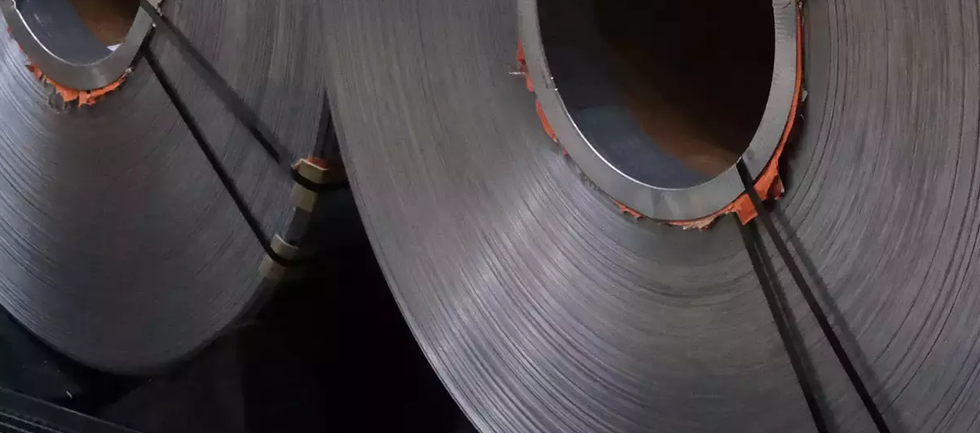Advantages Of Duplex Steel

Advantages Of Duplex Steel
Duplex stainless steel combines the benefits of austenitic and ferritic stainless steels.
Duplex stainless steel is twice the size of regular austenitic stainless steel. Not only is it a material for duplex steel pipes, but it's also a material for duplex fittings.
Duplex stainless steel has a higher toughness, a lower brittle transition temperature, and better resistance to intergranular corrosion and weldability than ferritic stainless steel. At the same time, it preserves some ferritic stainless steel features, such as brittleness and heat at 475°C. High conductivity, low linear expansion coefficient, superplasticity, and magnetic properties are all characteristics of this material.
Duplex stainless steel has a greater strength than austenitic stainless steel, particularly the yield strength, and features such as pitting corrosion resistance, stress corrosion resistance, and corrosion fatigue resistance are also greatly increased.
Since its inception in the 1940s in the United States, dual-phase steel has progressed to the third generation. Its main feature is that it has a yield strength of 400 to 550 MPa, which is twice that of ordinary stainless steel, allowing for material savings and lower equipment manufacturing costs.
Duplex stainless steel has greater pitting, crevice corrosion, stress corrosion, and corrosion fatigue resistance than conventional austenite stainless steel, especially in a medium environment (such as saltwater with high chloride ion concentration).
Duplex 2205 pipe combines austenitic and ferritic stainless steel properties. It offers superior plasticity, toughness, no room temperature brittleness, resistance to intergranular corrosion, and weldability as compared to ferrite, as well as maintaining 475° C brittleness and high heat conductivity of ferritic stainless steel, with super plasticity. It offers higher strength and resistance to intergranular corrosion and chloride stress corrosion than austenitic stainless steel.
Duplex stainless steel has a high resistance to pitting. It's also a nickel-nickel stainless steel duplex stainless steel with a dual phase structure of austenitic + ferrite, and the composition of the two phases is almost same, thus it's austenitic stainless steel. As well as the properties of ferritic stainless steel.
